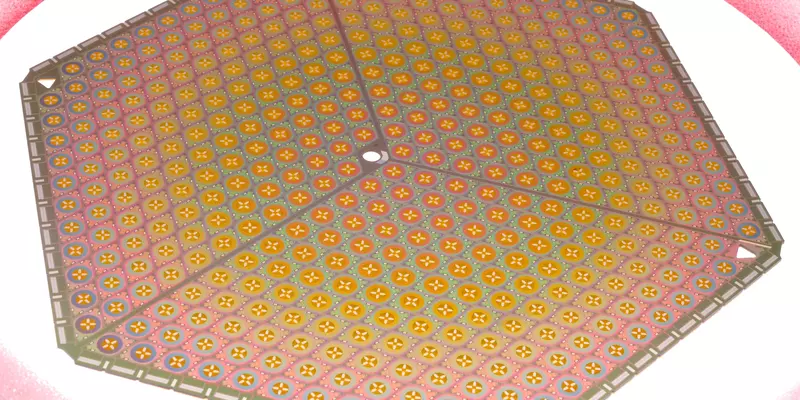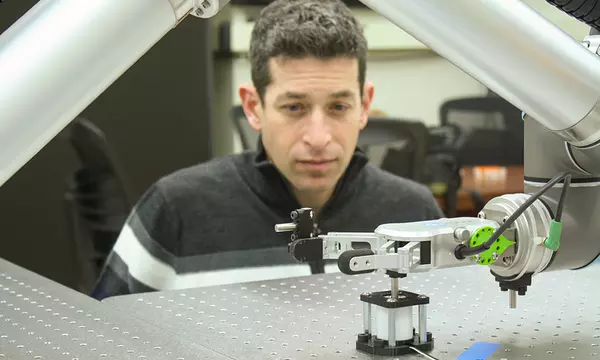By their very definition, sensors are devices that measure or detect things such as light, heat and electric current. That’s why NIST, as the nation’s measurement science institute, has been in the sensor business since its earliest years. NIST has continually developed ever-more-accurate measurement devices based on various forms of light, special materials, and quantum phenomena such as superconductivity for a broad range of applications, from aviation to medicine to communications.
These sensors measure all kinds of quantities such as time, distance, mass, temperature, voltage, and fluid volume and flow. Many of the latest NIST sensors are ultra-compact and use very little power.
Examples of NIST sensors include:
- Clocks based on the behavior of atoms in a tiny glass container on a chip.
- Frequency combs—"rulers of light”—acting like gears to convert high-frequency signals to readable levels.
- Thermometers based on tracking how heat changes the way light travels through tiny channels.
- Microwave radiation methods that measure properties of complex fluids containing cells, DNA, proteins and other biological materials.
- Techniques to measure tiny masses and forces based on pressure exerted by a laser beam reflecting from a mirror.
- Radiation detectors in ID cards that work by sensing how atoms change their behavior.
- New kinds of acceleration sensors to back up navigation systems for aircraft.
- Voltage standards for developing and testing communications signals and devices.
The Research
Additional Resources Links
Measuring the Cosmos
All around the world, astrophysicists are seeking to understand our universe with NIST’s telescope technology.
Sometimes, by looking out in space, they look back in time. Our sensors and electronics help researchers study the cosmic microwave background, the afterglow left over from the earliest moments of the hot, dense early universe. Mounted on telescope cameras, they can detect tiny energy fluctuations and other telltale patterns that are clues to the formation of galaxies and other structures after the birth of the universe 13.8 billion years ago.
This kind of research (and more) is happening at different sites around the globe and we’ve mapped it all out for you.













